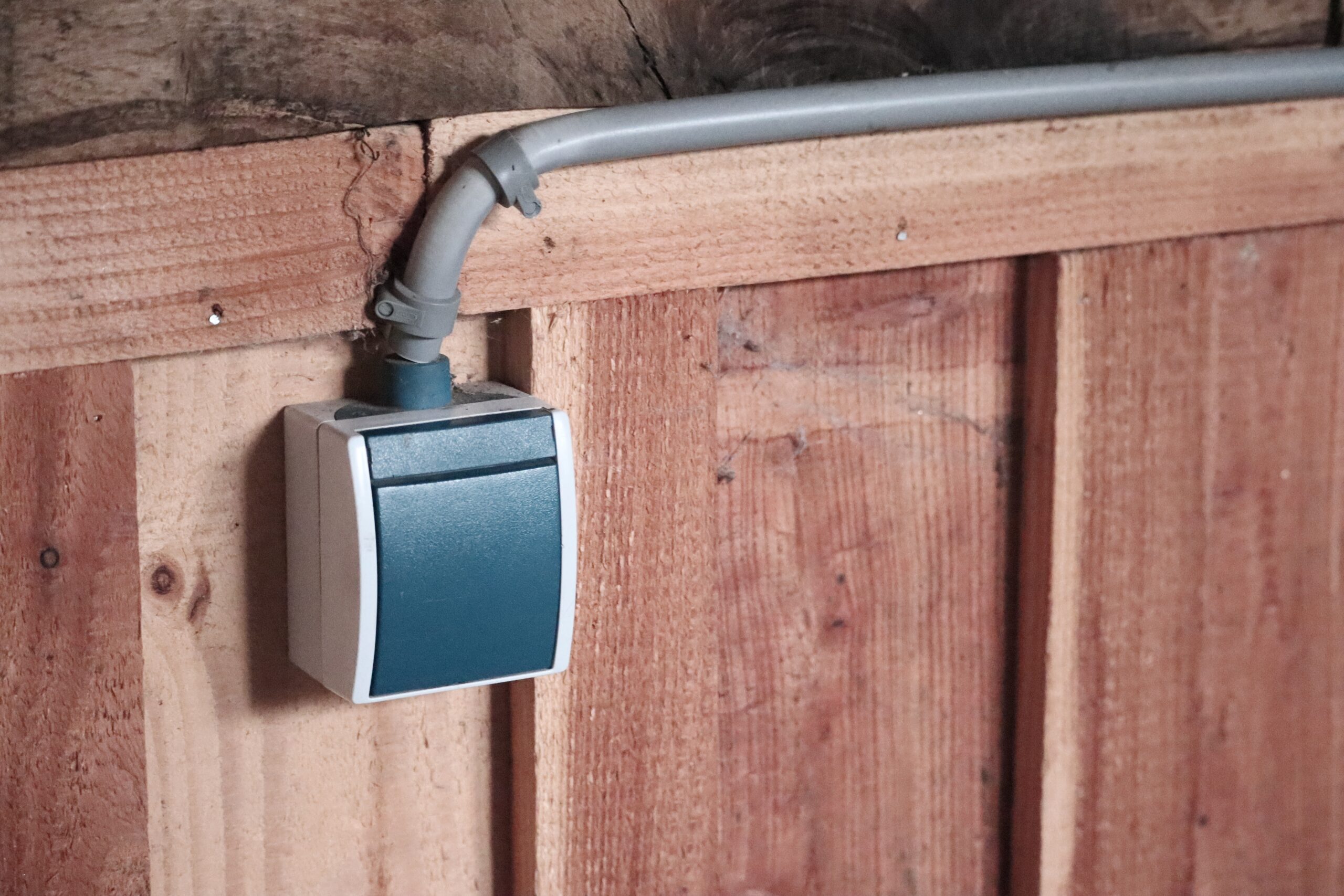Outline:
H1: Auto Switch: Everything You Need to Know
What is an auto switch?
From the point of view of everyday life, automatic switches have a great importance.
Overview of the article
H2: What is Auto Switch and How Does It Work?
Basic working principle
Automaatiokytkimen ja senosat
What are the differences between manual and auto switches?
H2: Types of Auto Switches
Electrical auto switches
Mechanical auto switches
Smart auto switches
H2: The Benefits of Using an Auto Switch
Energy efficiency benefits
Safety improvements
Convenience and automation
H2: In Which Place Auto Switches Are Utilized?
Home automation
Industrial applications
Automotive industry
Healthcare sector
H2: Features to Look for in an Auto Switch
Power rating
Response time
Quality of material and durability
Support for various devices
H2: Installing the Auto Switch
Installing guide— step by step
Safety precautions
Common mistakes to avoid
H2: Auto Switches Pros and Cons
Pros: Efficient, safe, and user-friendly
Pros: Long life, ease of use Cons: Cost of initial investment, maintenance requirements
H1: Conclusion
H1: FAQs
How long do the auto switch’s last?
Are auto switches usable with any devices?
Is it safe to use the auto-switch?
For example, auto switches male and female prices.
Do auto switches save electricity?
Introduction to Auto Switch
An auto switch works well as it automatically controls the electrical circuits without manual control. These switches provide efficiency, convenience, and safety, whether it is turning on and off lights or controlling industrial machines. This article will give you complete insight into the working, types, advantages, and installation of the auto switches.
How Does an Auto Switch Work?
Basic Working Principle
An auto switch runs with the help of sensors and pre-defined conditions. Once it senses a change in the environment, like temperature, motion, or electrical load, it automatically activates or deactivates the connected device.
A mechatronic device for automatic switching.
Sensors: Monitor changes in the environment.
Relay Mechanism: Turns on or off the power supply.
Power Supply: Provides stable operation.
Manual Switches vs. Auto Switches
Auto switches are devices that can operate independently without the need for human intervention, unlike manual ones. They are thus suited for home automation and industrial applications.
Types of Auto Switches
Electrical Auto Switches
These switches sense voltage fluctuations and activate or deactivate devices as appropriate. Common in home appliances.
Mechanical Auto Switches
Used in heavy machinery, these depend on physical movement to close the switch.
Smart Auto Switches
With integration into IoT technology, these switches are controllable through phone apps or voice assistants.
So, Why Use an Auto Switch?
Energy Efficiency Benefits
Auto switches ensure devices are not left on when they are not in use by cutting power altogether.
Safety Improvements
They reduce risks, such as electrical fires, by automatically disconnecting power during overload.
Convenience and Automation
Your fixtures activate as you walk in—the briefest, simplest thing—auto switches are hugely popular (for a reason).
In Which Applications Are Auto Switches Used?
Home Automation
The smart auto switches are used to control lighting, fans, and air conditioners.
Industrial Applications
Used in machines for better functioning and safety purposes.
Automotive Industry
Popular in modern cars for automatic headlamps, windshields, & more.
Healthcare Sector
Essential in hospitals for the automation of patient monitoring systems.
What to Look for in an Auto Switch?
Power Rating
Select an auto switch according to your device’s power requirement.
Response Time
Smooth operation is ensured with faster response time.
Material Quality and Durability
Try heat-resistant and waterproof designs for long-lasting durability.
Works perfectly with a wide range of devices
Make sure it is compatible with most applications.
How to Install Auto Switch?
Install November and December Data Guides
If so, cut the power supply to prevent electrical hazards.
Wire the auto switch to the main circuit.
Switch it on and off to see if it works
Safety Precautions
As always, adhere to the manufacturer’s recommendations.
Avoid overloading the switch.
Common Mistakes to Avoid
Wiring faults are no strangers in circuit modules.
Incorrect determination of the voltage rating.
The Pros and Cons of Auto Switches What Are Auto Switches?
Pros:
Saving energy and lowering electricity costs.
Improve safety by avoiding the risk of electricity.
Makes it easy through automation.
Cons:
More expensive than manual switches up front.
It needs some maintenance and emergency servicing.
Conclusion
Auto switches on electrical appliances have changed the way we interact with them for our own comfort and safety. These devices help make everything from smart homes to industrial machines run efficiently and automatically, free from the need for constant human oversight. Auto Switch is the which is capable of saving electricity, reducing operational risks, and providing overall convenience for almost all electronic appliances. Automation is a great way to either upgrade your home or workplace, so an auto switch is a great place to start.
FAQs
How long do automatic switches last?
High-grade auto switches come in a range of uses and longevity depending on how they are maintained, managed, and used, but most are good for anywhere between 5 and 10 years.
Do you have an auto switch for all the devices?
Yes, but make sure the power rating is appropriate for the device.
Are individual auto switches safe?
Absolutely! They have built-in safety features that minimize the risk of overloads and shorts.
How much do auto switches cost?
Type and brand determine varying prices, which generally range between $10 and $100.
Does an auto switch save electricity?
Yes! They also automatically shut off idle devices, preventing unnecessary energy use.
